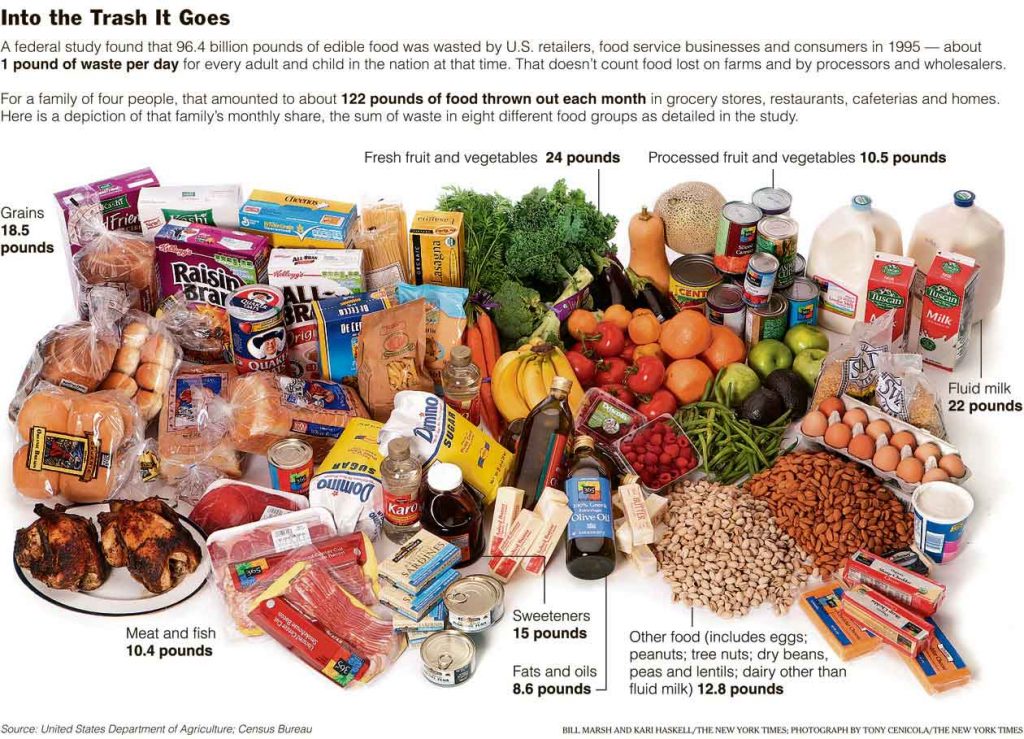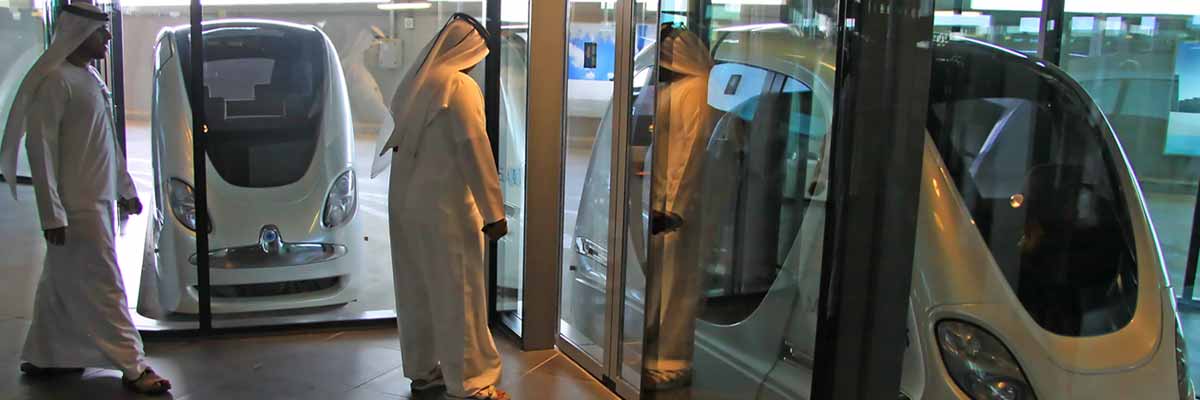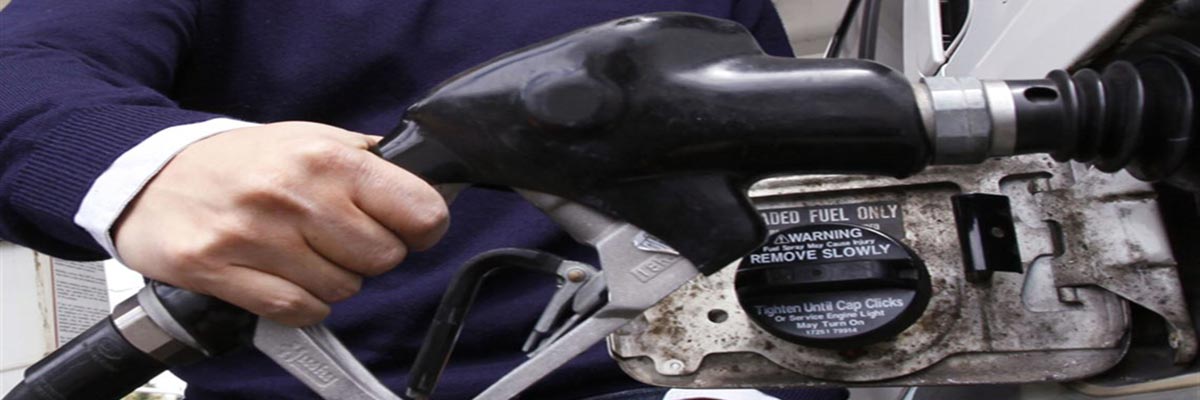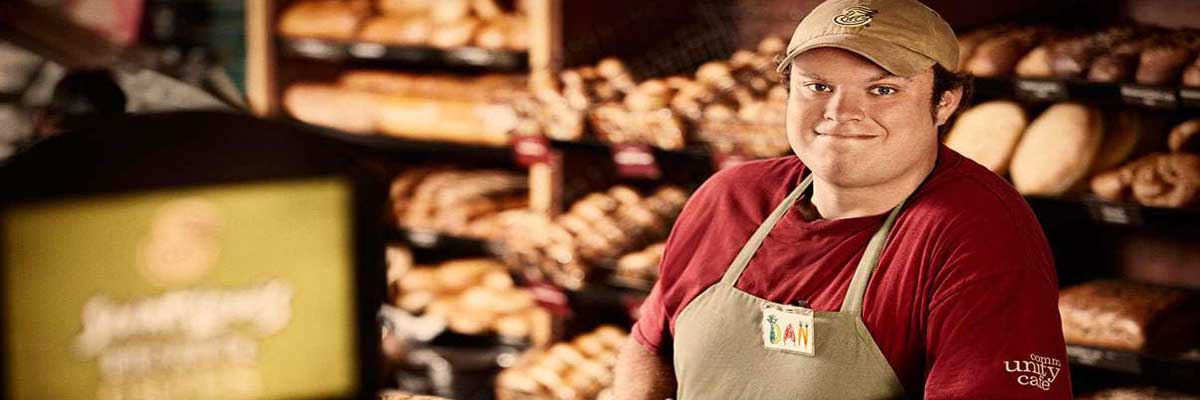The History Channel’s ‘Life After People’ Confirms Our Insignificance
If you were to take the Earth’s current age and represent it on a 24-hour scale, the existence of humans would be indicated by roughly 30-seconds of time. That’s it. For all our hubris in celebrating our species rise above all others, we’re certainly an anomaly in the scheme of things. As indicated in the History Channel’s fantastic new documentary, Life After People, those 30-seconds of achievement can quickly be wiped away in less than half that time.
Last June, I wrote about a new book by Alan Weisman titled The World Without Us. In it, Weisman breaks down step by step what would happen to civilization if we simply vanished from the face of the planet tomorrow. For example, within about two days, New York City’s subway system would be completely flooded. Without power to keep the pumps running, the various tunnels and shafts would quickly fill by the region’s displaced underground rivers.
What the History Channel has done is basically used Weisman’s work as a script for a computer-generated look at the remaining vestiges of our society. We go all the way from one day to 10,000 years into the future. The visual effects used to represent the decay of our world and nature’s reclamation is stunning. As in the book, the film focuses in particular on New York City (as all good disaster flicks might) and does a great job of brining to life the various conceptual images that Scientific American presented to coincide with World Without Us.
“Human Footprint” Documentary One life. One Lifetime. What does it all add up to?
An amazing look at what the average Brit will consume and produce over their lifetime.
If these amounts are for the average UK resident, I can’t imagine the piles for an average American. It is worth bookmarking, and coming back when you have time to watch a few minutes worth.
How Much Food Does The Average American Family Throw Away Each Month?

122 lbs. That’s how much enters the waste stream each month from the average American home (family of four). Ridiculous, sad, and incredible at the same time, isn’t it? A study conducted in 1995 estimated that 96.4 billion pounds of edible food was wasted each year — not to mention all of that probably went straight into the landfill. Imagine the recycled compost that could be generated from that!
The fascinating graphical representation of our monthly waste, as created by the NY Times, is shown below. Click on it to be taken to a much higher res, readable version.
Masdar City To Get Solar-Powered Personal Rapid Trainsit System
NPR aired the last episodes this week in their year long series titled Climate Connections by focusing on the new “zero-emissions” city being built outside of Abu Dhabi called Masdar City. With an expected population of 50,000 people, the “experiment” in green technologies and sustainable design will be the largest effort ever to create a carbon-neutral urban center. The project is the crown jewel in the Abu Dhabi’s amibtious plans to become the ‘silicon valley’ of the renewable energy world. The Middle East certainly isn’t naive when it comes to looking past oil for the future security of their economies.
One of the more interesting technologies being put into action in Masdar is the PRT — or Rapid Transit System. Designed to hold six people, these pods will travel to more than 1,500 stations distributed throughout the city. From the NPR clip,
Why Higher Gas Prices Are Making Me Smile
I’m not naive — I understand that there are severe hardships in store the longer the price of a barrel of oil soars ever higher. But here’s the thing. Every time I pass by my local gas station and see the numbers a couple cents higher than the day before, I smile. For some that might seem odd — and for those that depend on cheap oil, my sentiments are with you. Unfortunately for all of us, those unaffected and those in dire straits, this had to happen. As someone who champions sustainability day in and out, writes about political hangups to change America’s dependency on oil, and laments our lack of investment in renewable energies, this is a blessing in disguise. My only hope is that this continues — and is less of a “rubberband effect” we all experienced in the wake of Hurricane Katrina three years ago.
Why? Because if we are to shift to an economy that is truly self-sufficient and sustainable, we have to be hit hard collectively in the wallets. It’s the only way. As environmentalists, we can release movies, write articles, hold rallies, and buy all the green products in the world — but to to truly bear witness to real change, it has to come from those not directly involved. In other words, everyone must be faced with a burden. For some, climate change might be their burden and buying a hybrid vehicle or biking to work might be the solution. For others, higher gas prices which affect the bottom line might be their burden. In the end, what matters most is that it is a common hardship. Whatever the personal impact, the demanded outcome will be in unison.
Massachusetts Bakery Distributes Wheat Berries for Customers to Grow in Their Yards
Probably the coolest story in the “local food” movement that I’ve heard yet. A bakery in Massachusetts has started to distribute wheat berries (seeds) to customers to plant 100 sq. ft. plots of wheat in their yards. They plan a hand-scythed harvest in the summer. I think that this is a great idea, and it will be interesting to see how productive the 10 x 10 plots of “front yard” wheat are.
There is an NPR podcast here. And this local news story from The Recorder gives more detail:
Jonathan Stevens and Cheryl Maffei of Hungry Ghost Bakery became interested in what some are calling their ‘little red hen’ idea of giving people wheat seeds to grow locally after a New Mexico baker at a conference eight or nine years ago introduced them to bread made from locally grown grain.
Instead of baking with organic flour grown in North Dakota that gets trucked to North Carolina for milling, Stevens said, it makes much more sense to look at growing wheat and other grains nearby and milling it locally — especially since Massachusetts is believed to have been the site of North America’s first oat harvest — on the Elizabeth Islands — in 1602.









